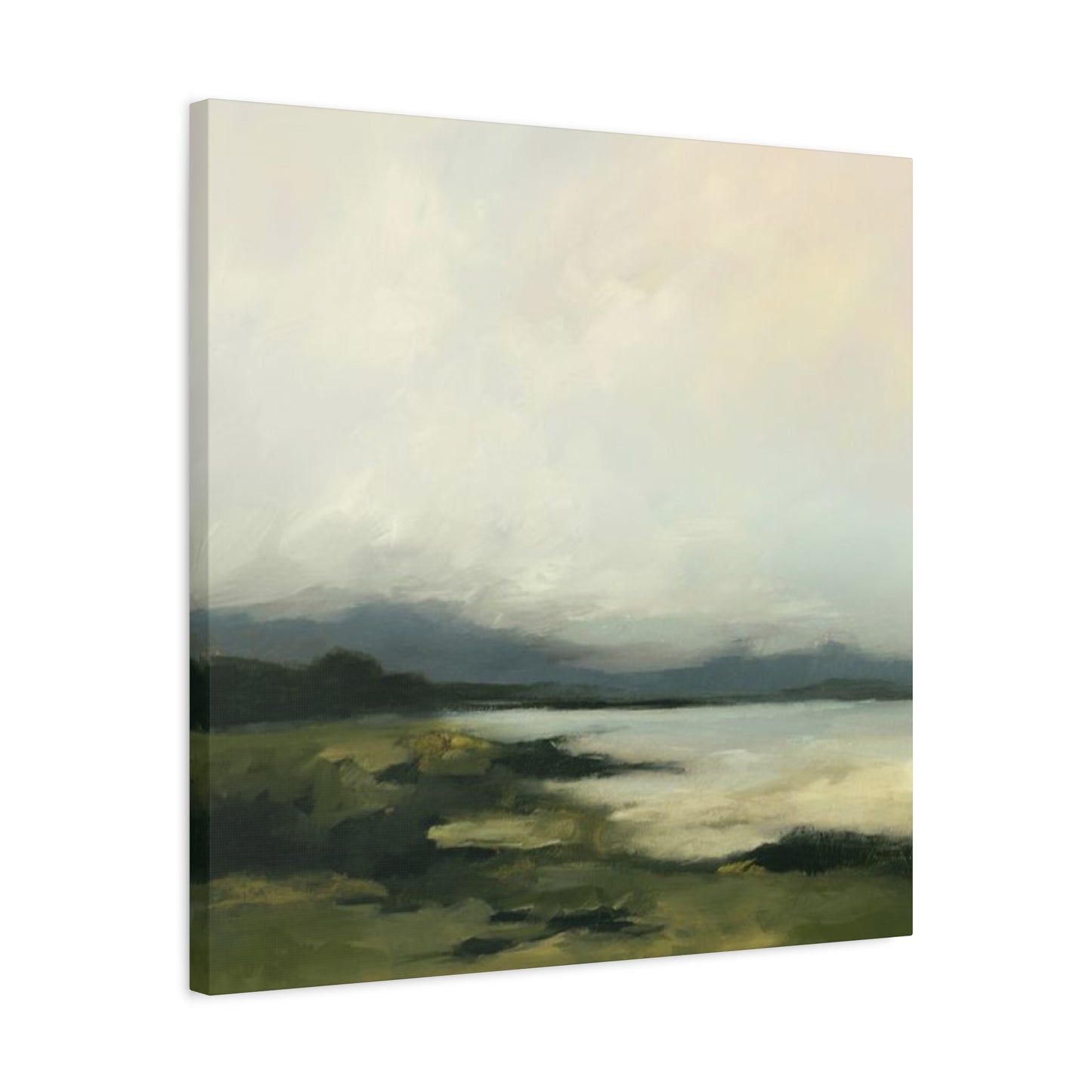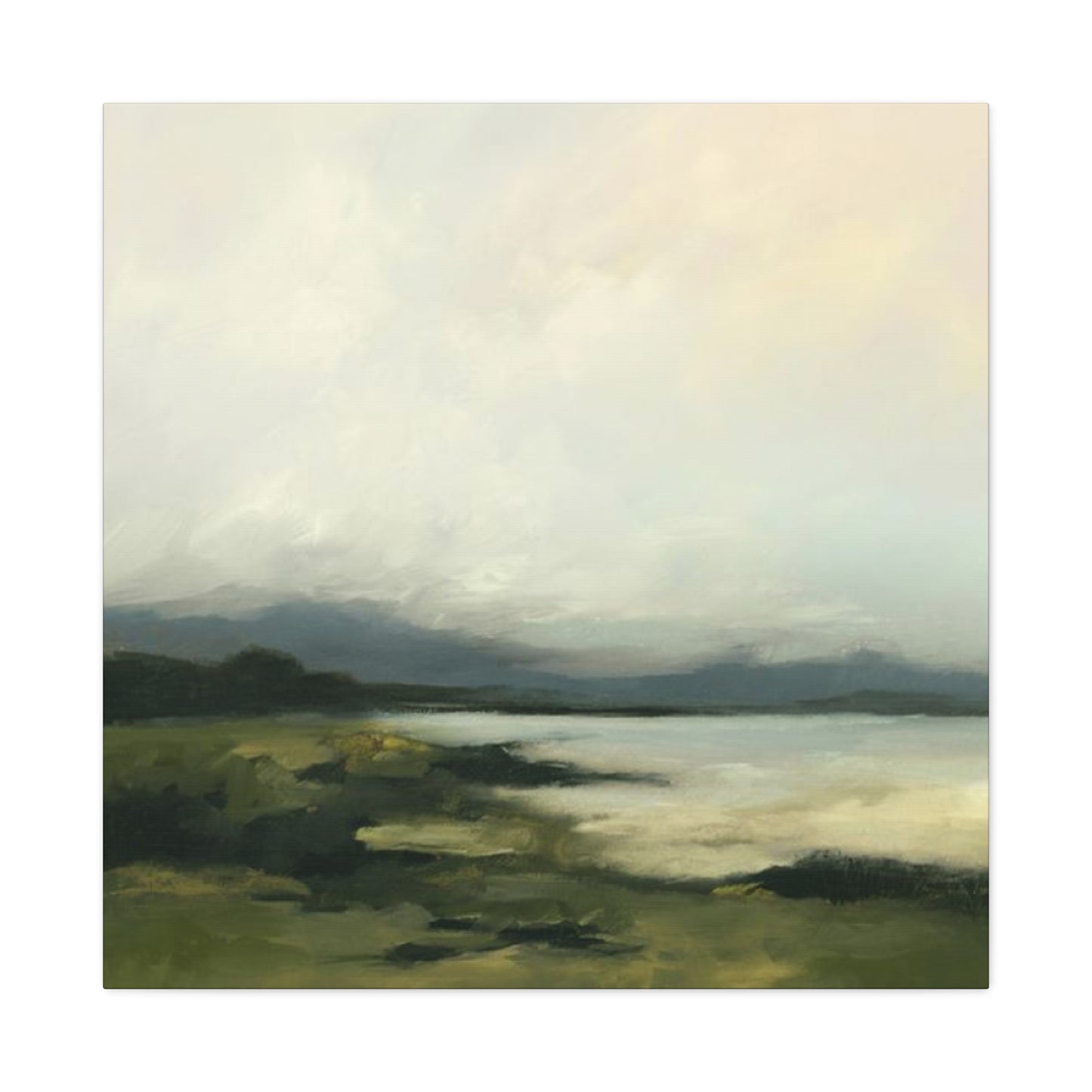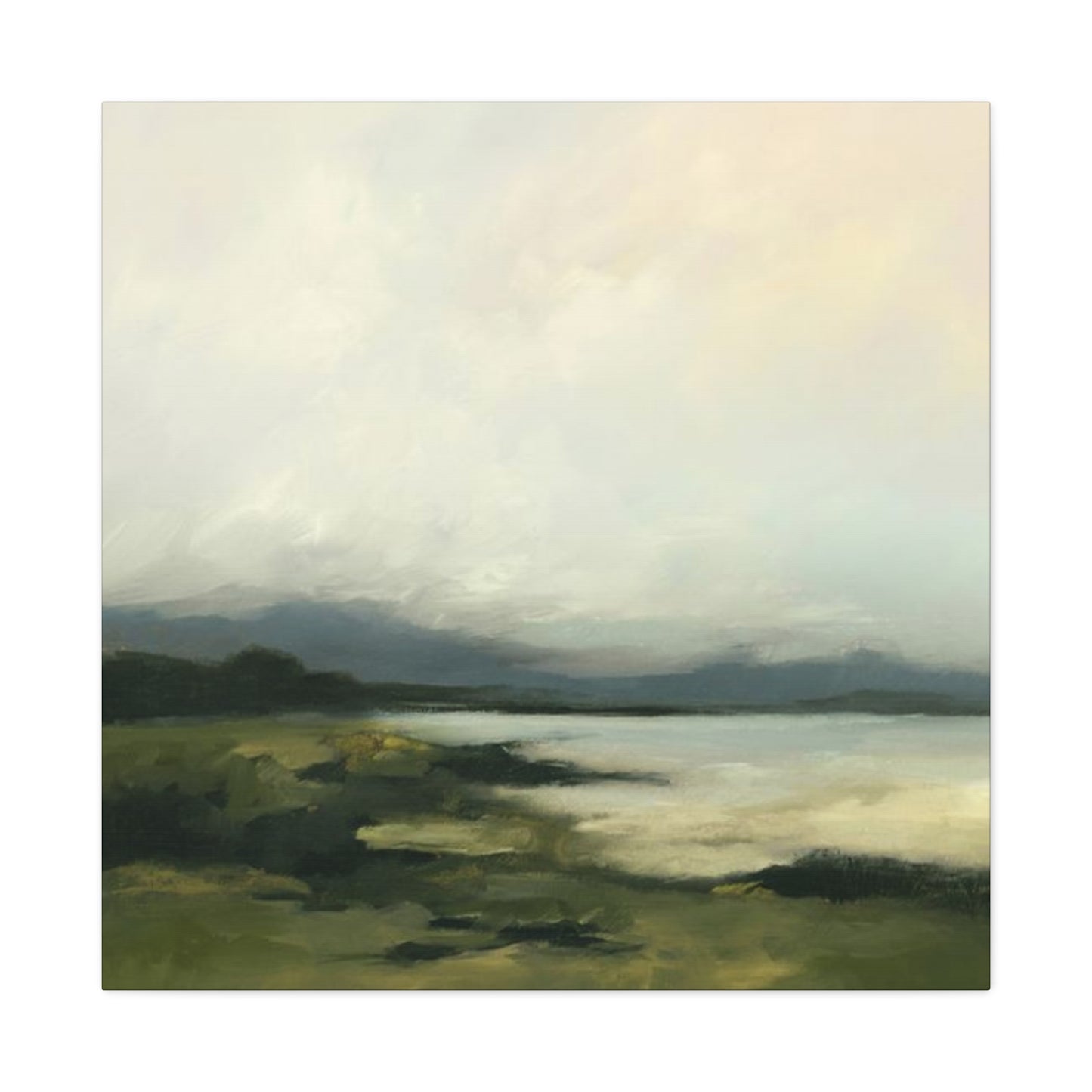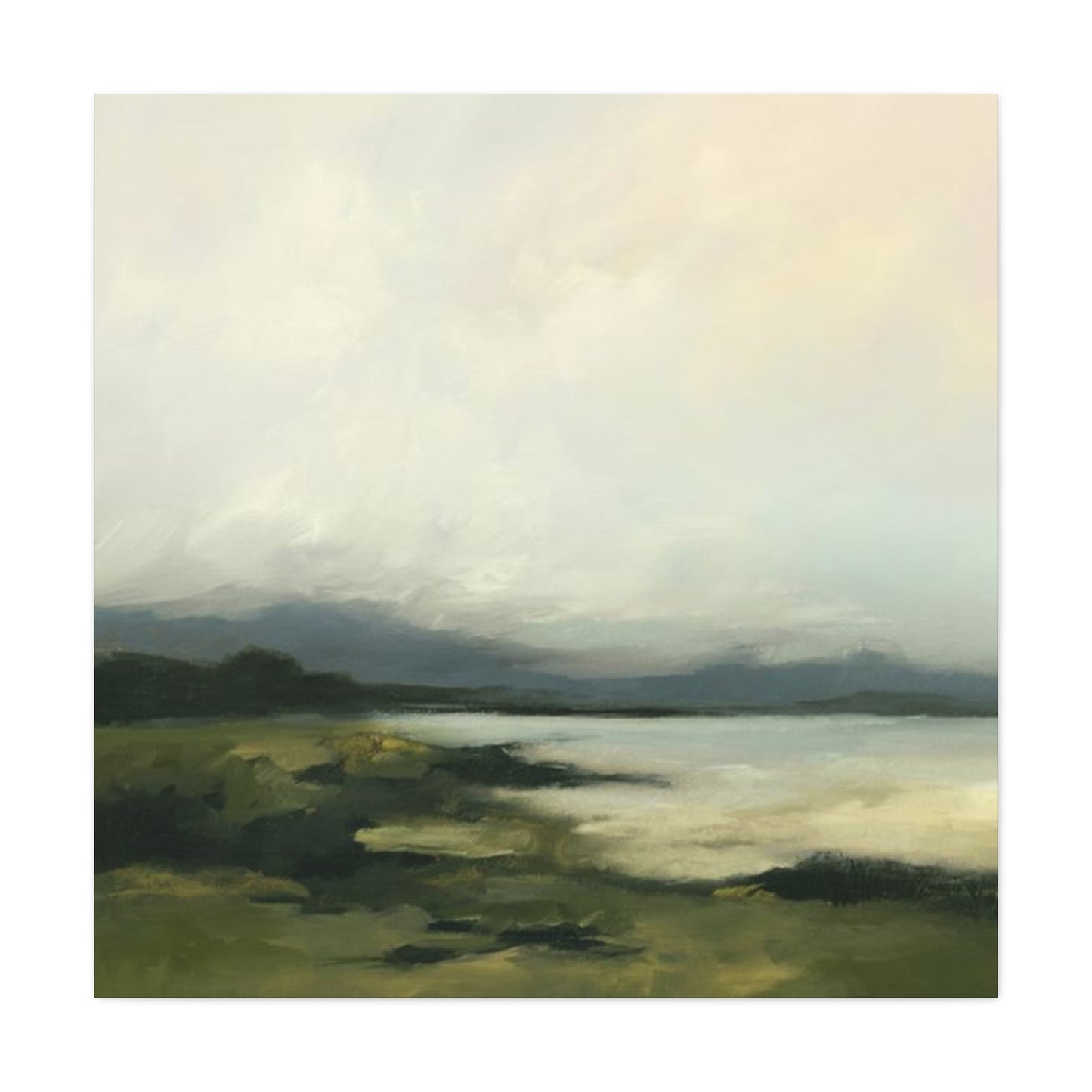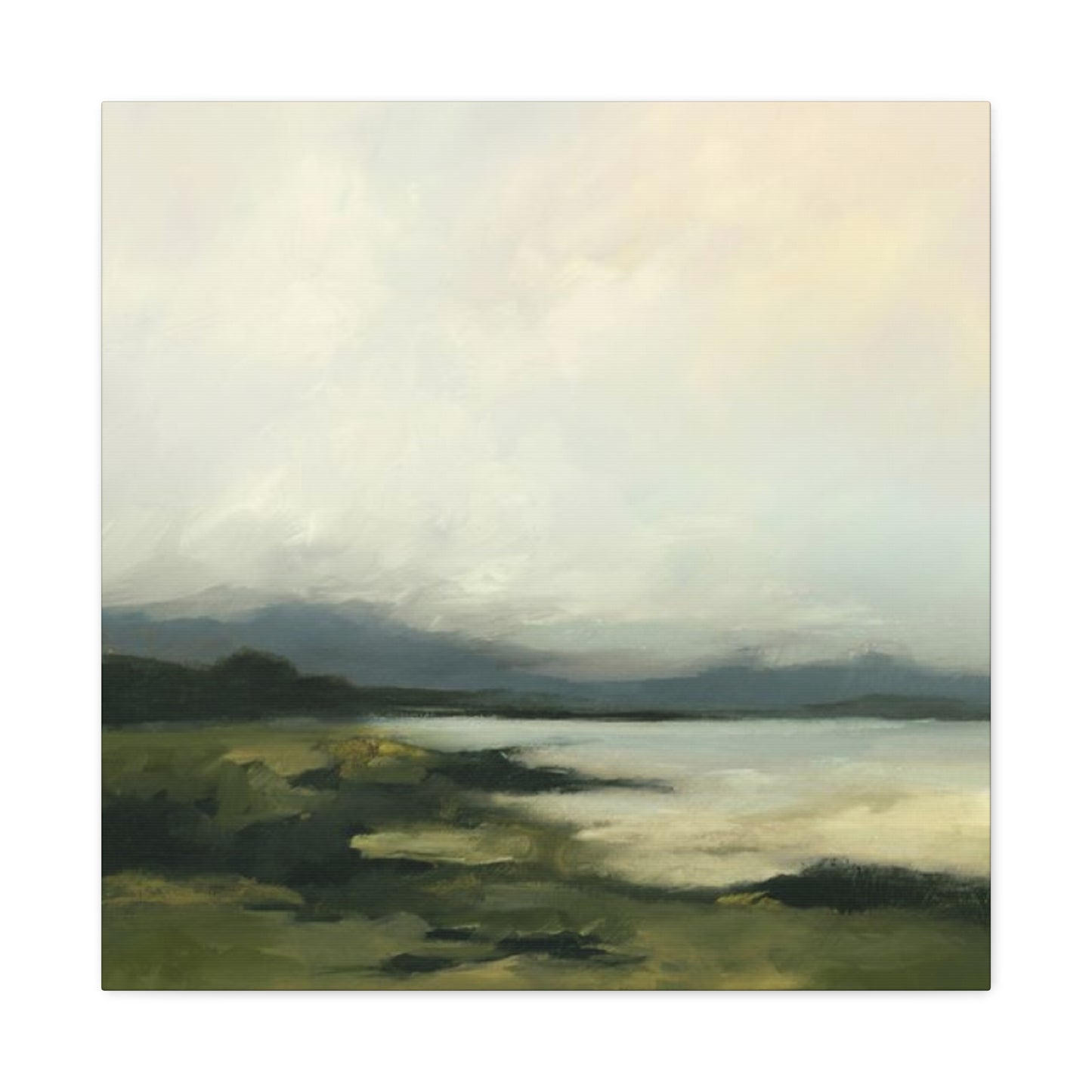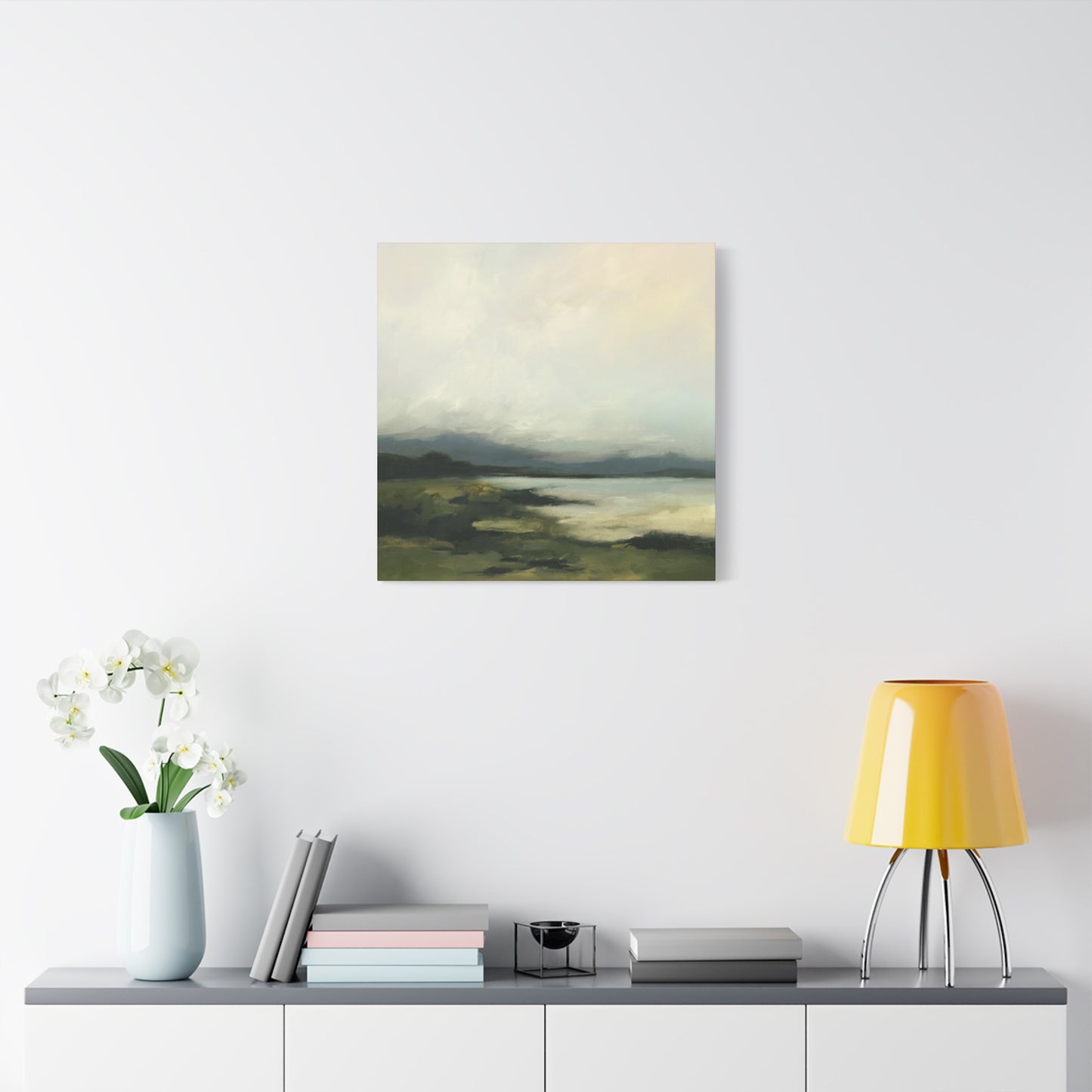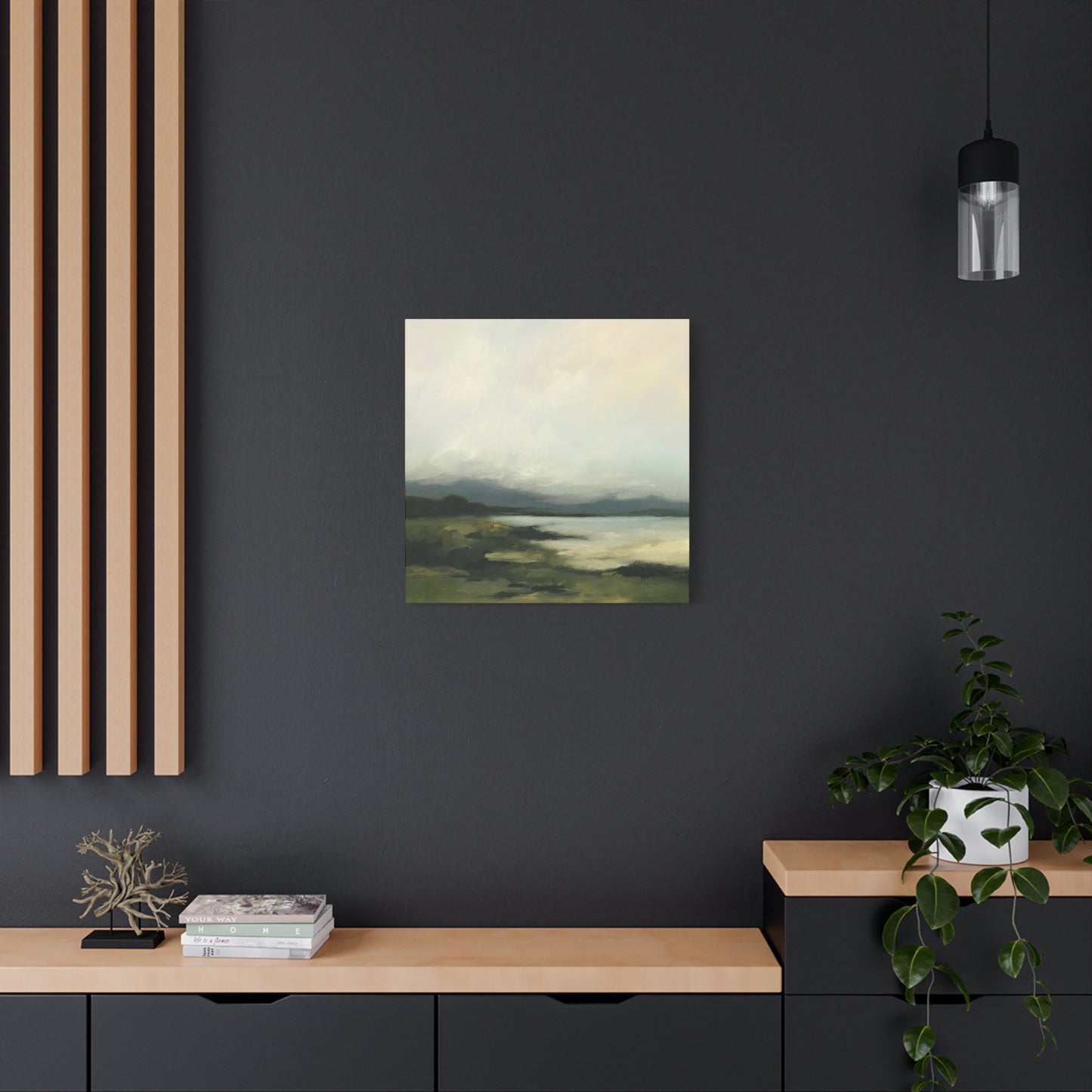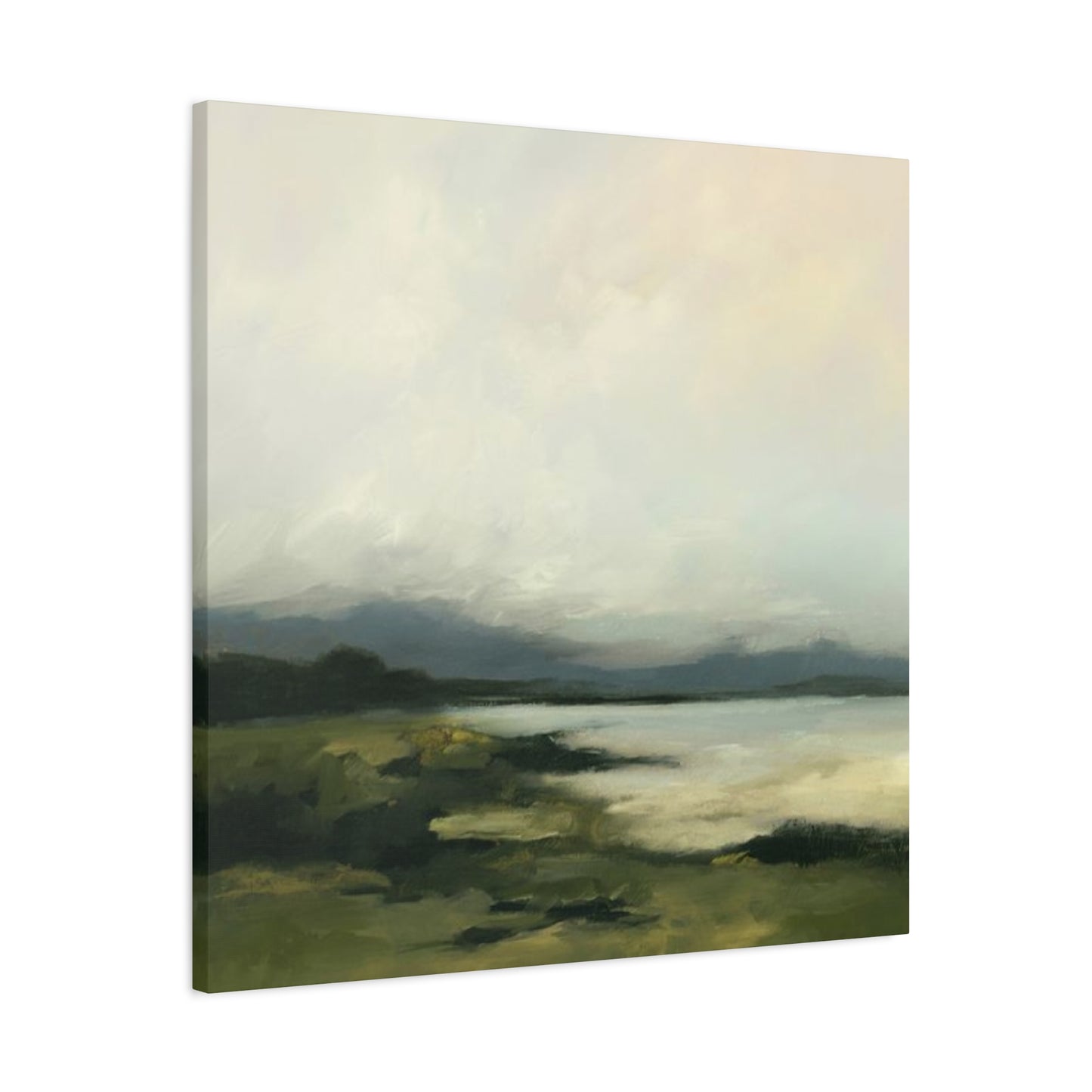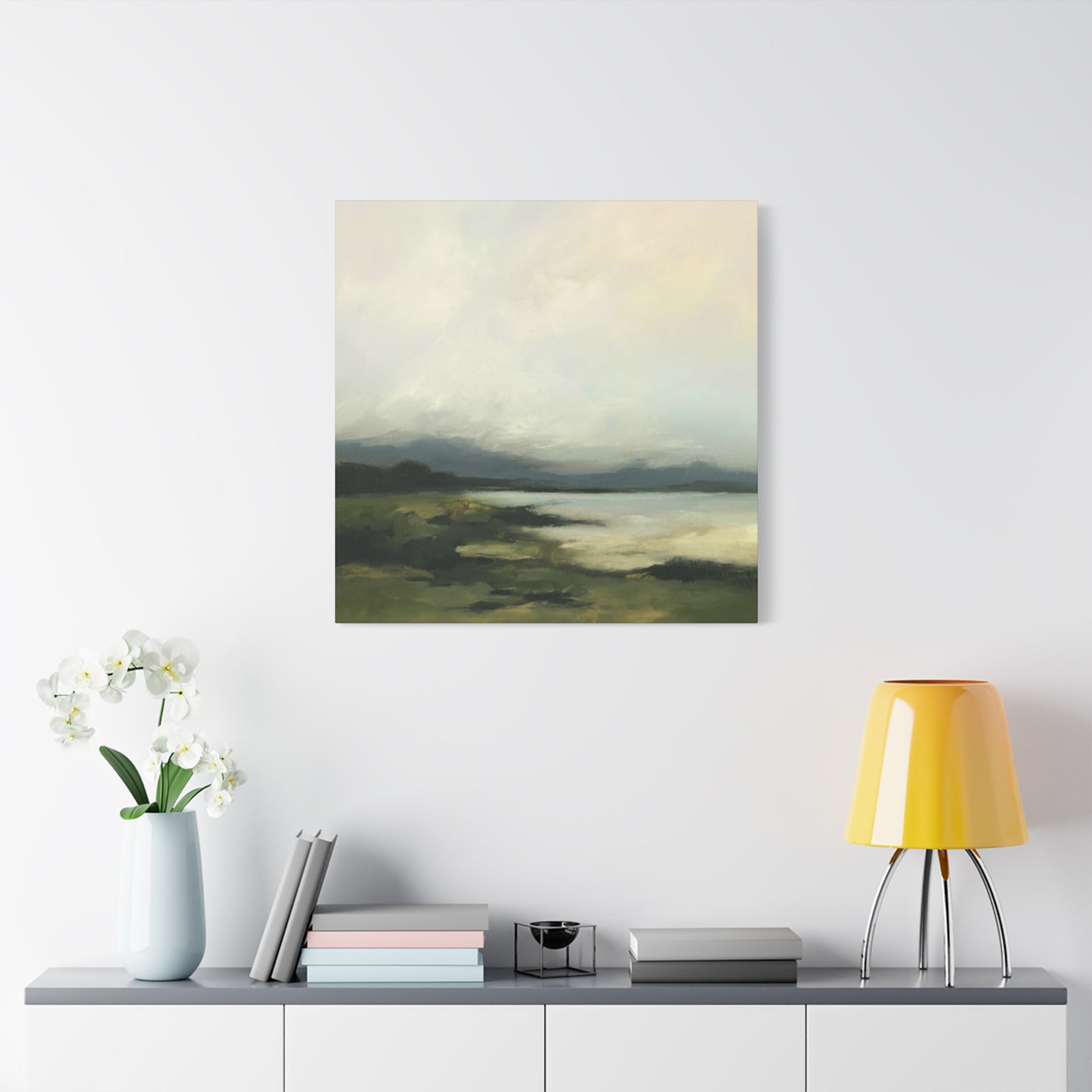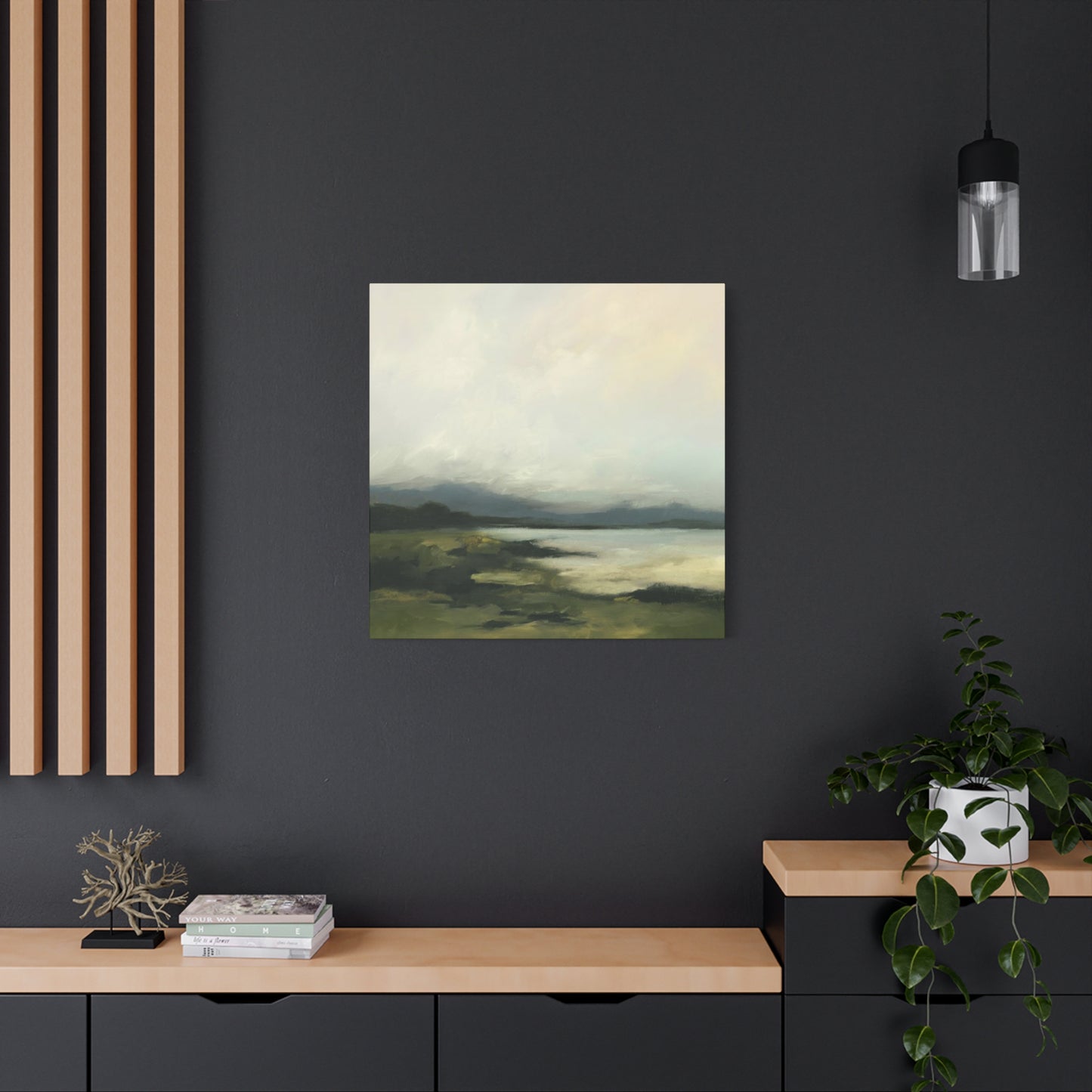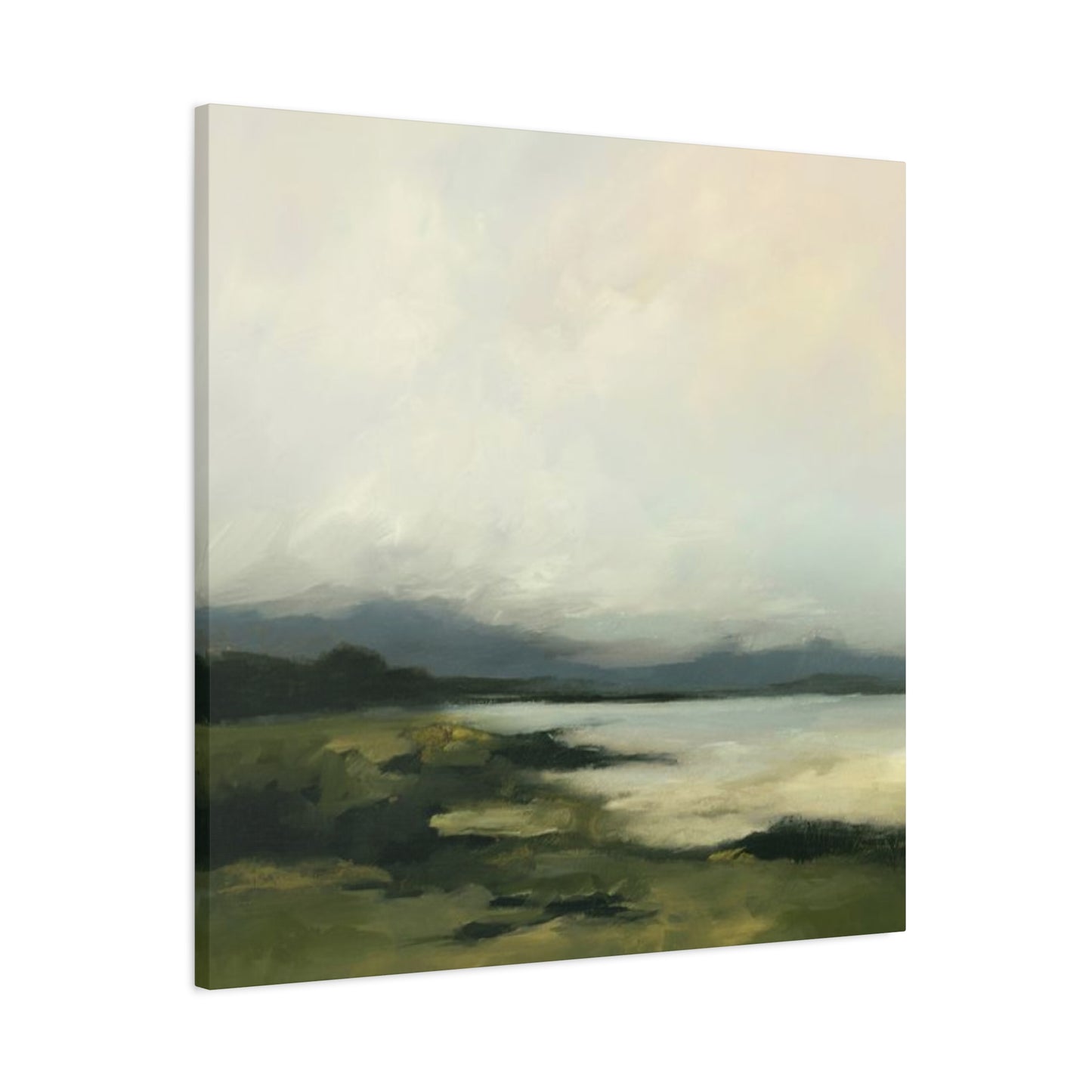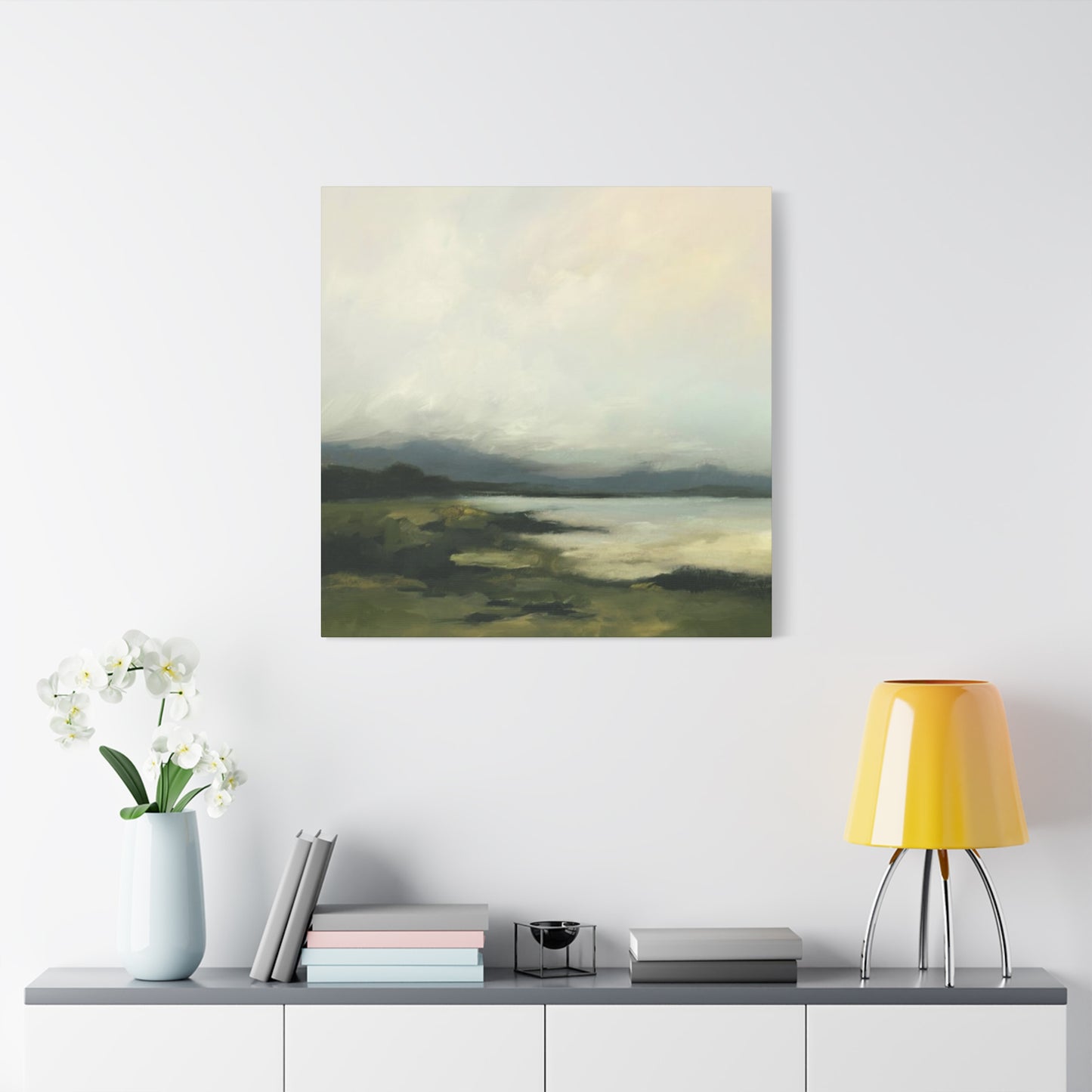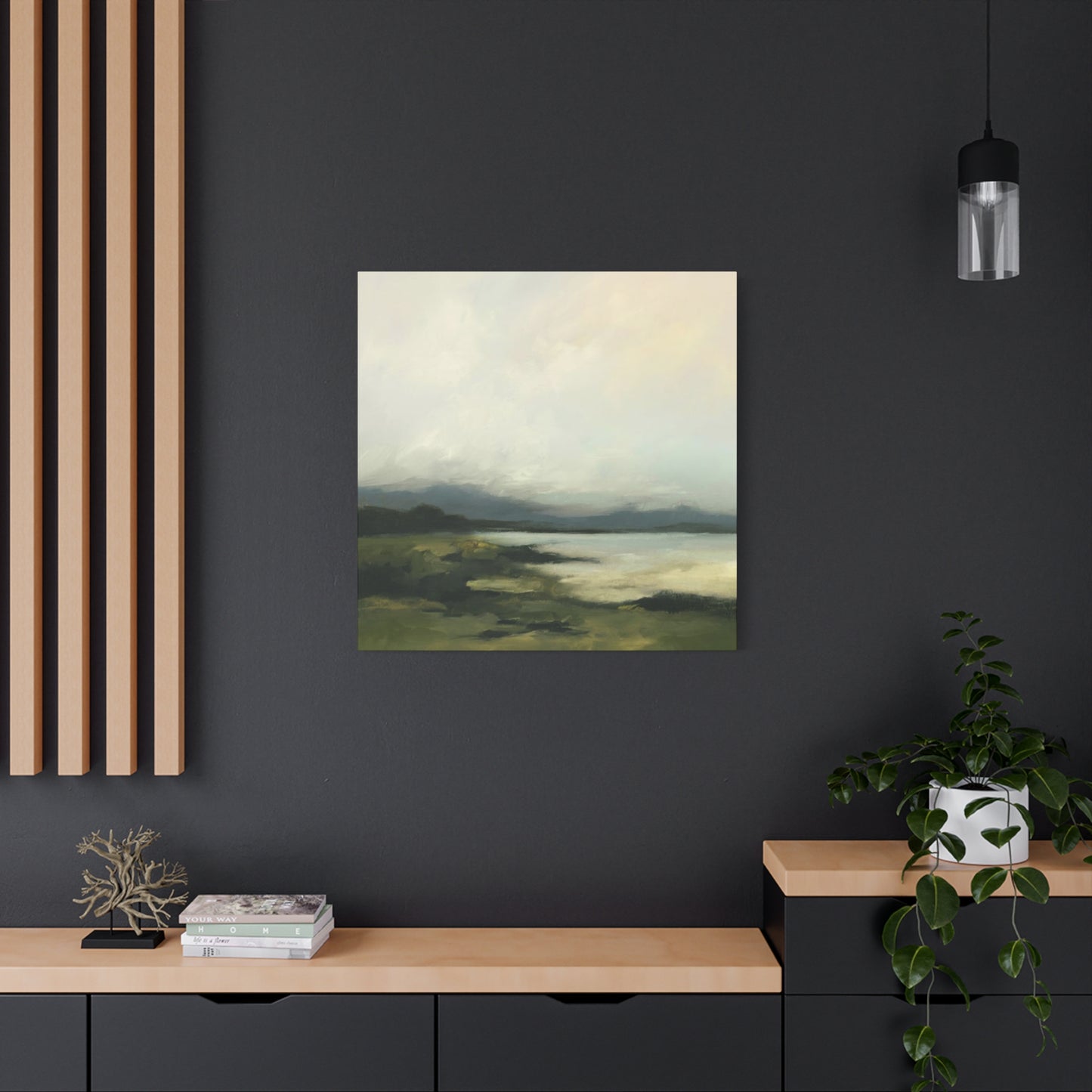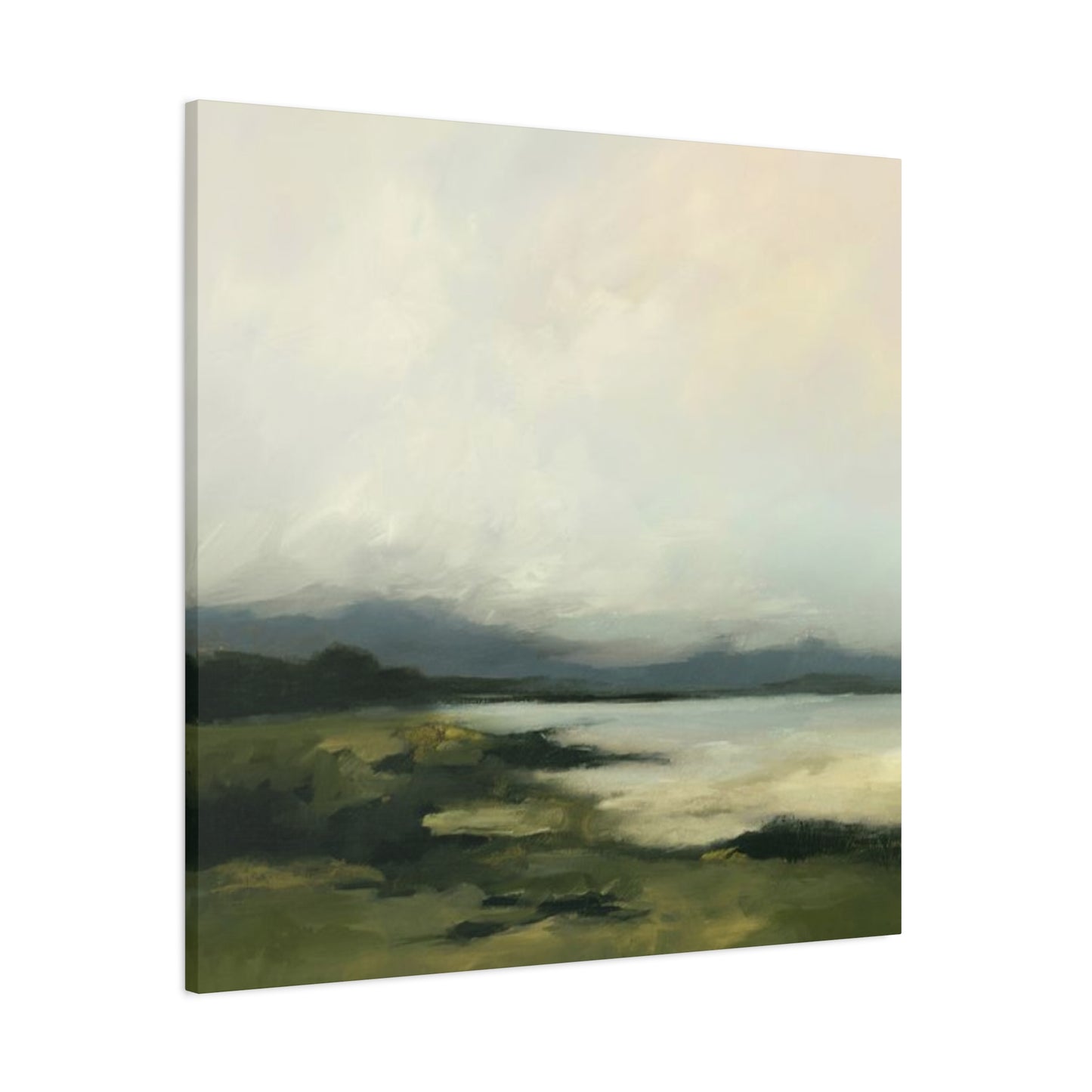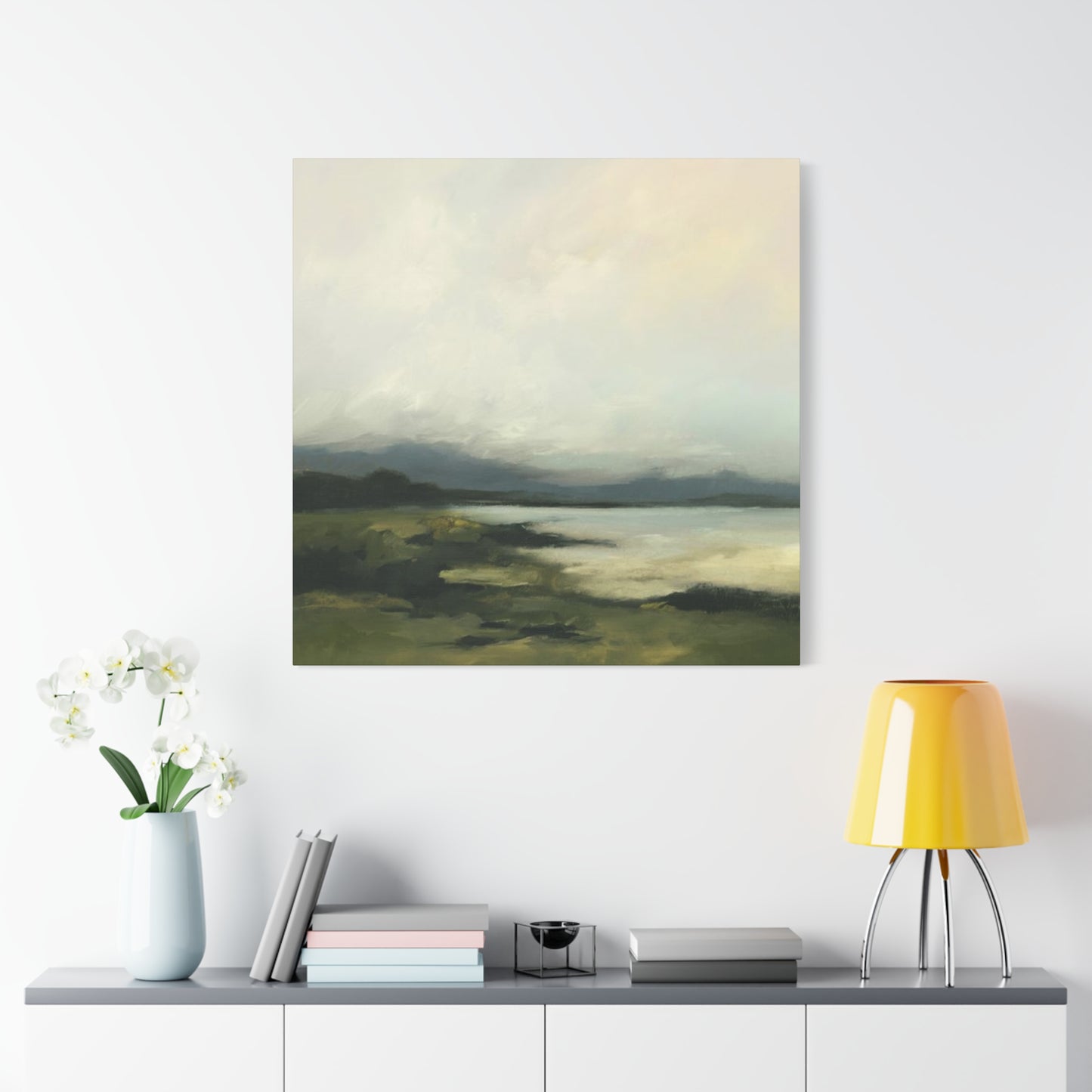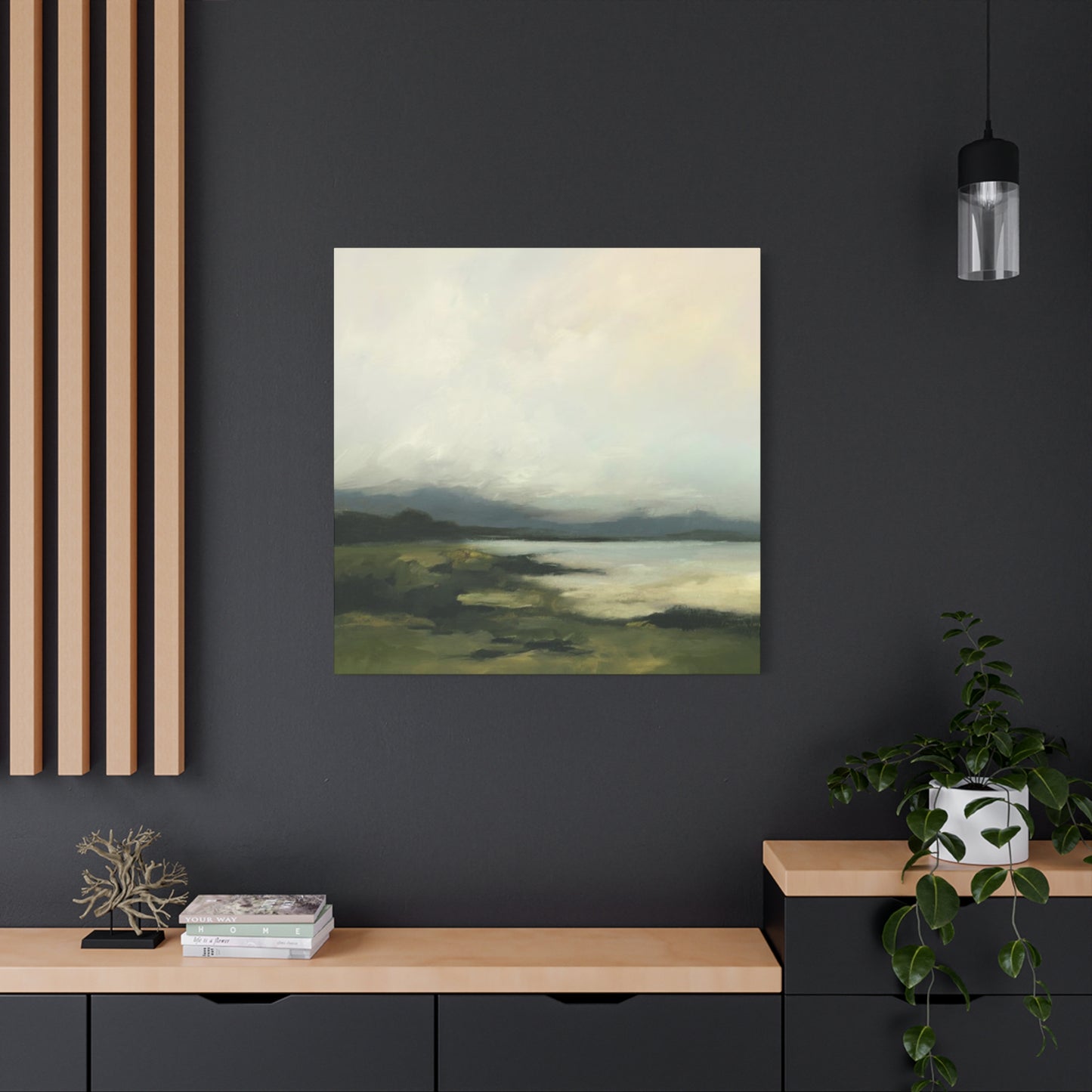Nature Wall Art: Bringing Natural Beauty Into Your Living Environment
The profound connection between humans and the natural world has inspired countless artistic expressions throughout history. Today, nature wall art represents one of the most accessible and transformative ways to incorporate the calming essence of the outdoors into our daily living environments. From majestic forest scenes to delicate botanical prints, nature-themed artwork offers an incredible opportunity to create atmospheres that promote well-being, creativity, and a sense of connection to the earth.
Modern living often separates us from direct contact with natural environments, making nature wall art an essential bridge between our constructed environments and the organic world that nurtures our souls. The psychological benefits of viewing natural imagery have been extensively documented, with research consistently showing that exposure to nature-themed visuals can reduce stress, improve mood, and enhance cognitive function. This makes nature wall art not just a decorative choice, but a wellness investment for any home or office.
The versatility of nature wall art extends far beyond simple decoration. These pieces serve as windows to different ecosystems, seasons, and natural phenomena, allowing us to experience the diversity of our planet from the comfort of our homes. Whether you're drawn to the intricate details of a single leaf, the sweeping grandeur of mountain ranges, or the mysterious depths of forest landscapes, nature wall art provides endless opportunities for personal expression and environmental connection.
Contemporary artists and photographers continue to push the boundaries of nature art, experimenting with new techniques, perspectives, and materials to capture the essence of natural beauty. From hyperrealistic photography that documents every dewdrop on a spider's web to abstract interpretations that capture the emotional essence of natural phenomena, today's nature wall art encompasses an extraordinary range of styles and approaches.
The market for nature wall art has expanded dramatically in recent years, driven by growing awareness of environmental issues, increased urbanization, and a collective desire to reconnect with natural environments. This expansion has led to more accessible pricing, diverse format options, and innovative printing techniques that allow nature wall art to fit any budget or aesthetic preference. Whether you're looking for museum-quality canvas prints, affordable poster reproductions, or unique handcrafted pieces, the world of nature wall art offers something for every taste and financial consideration.
Quality nature wall art also serves as an educational tool, introducing viewers to species, landscapes, and natural phenomena they might never encounter in person. A single botanical print can spark curiosity about plant biology, while a dramatic landscape photograph might inspire travel to new destinations or deeper appreciation for conservation efforts. This educational aspect adds layers of value to nature wall art, making each piece a potential gateway to broader learning and environmental awareness.
The therapeutic applications of nature wall art extend beyond casual enjoyment to structured wellness practices. Healthcare facilities increasingly incorporate nature imagery into their environments, recognizing its ability to reduce patient anxiety and promote healing. Similarly, workplaces use nature wall art to create more calming, productive environments that support employee well-being and creativity. These professional applications underscore the legitimate psychological benefits that nature imagery provides.
Forest Scenes in Fine Art
Forest scenes have captivated artists for centuries, representing mystery, tranquility, and the profound complexity of woodland ecosystems. Fine art interpretations of forest environments range from photorealistic documentation to impressionistic celebrations of light and shadow filtering through tree canopies. These artworks capture not just the visual beauty of forests but also their emotional and spiritual significance in human culture.
Traditional forest artwork often emphasized the romantic and mysterious qualities of woodland environments. Artists like Caspar David Friedrich and the Hudson River School painters created forest scenes that evoked feelings of solitude, contemplation, and connection to something greater than human civilization. Contemporary forest wall art continues this tradition while incorporating modern techniques and perspectives that bring new dimensions to forest imagery.
The technical challenges of capturing forest scenes require artists to master complex compositions involving multiple layers of depth, varied lighting conditions, and intricate textural details. Successful forest wall art must convey the sense of being immersed in a three-dimensional environment while working within the constraints of a two-dimensional medium. This requires sophisticated understanding of perspective, color theory, and compositional balance.
Different forest types offer unique artistic opportunities and challenges. Deciduous forests provide dramatic seasonal variations, from the fresh greens of spring emergence to the brilliant colors of autumn foliage. Coniferous forests offer more consistent but equally compelling imagery, with their towering evergreens creating natural cathedrals of living architecture. Tropical rainforests present artists with incredible biodiversity and complex layering that can result in visually stunning but compositionally challenging artwork.
The lighting conditions within forests create some of the most dramatic and beautiful effects in nature photography and painting. Dappled sunlight filtering through leaves creates constantly changing patterns of light and shadow that can transform a simple forest scene into a dynamic, almost magical environment. Dawn and dusk lighting add additional layers of color and atmosphere that can make forest wall art particularly compelling and emotionally engaging.
Modern digital photography and printing techniques have revolutionized forest wall art by allowing artists to capture and reproduce incredibly fine details that were previously impossible to document. High-resolution cameras can record the intricate textures of bark, the delicate structure of ferns, and the subtle color variations in moss-covered logs. These technical advances have enabled a new generation of forest wall art that combines artistic vision with documentary precision.
Forest wall art serves multiple functions in residential and commercial environments. Large forest scenes can create focal points that draw viewers into imagined woodland adventures, while smaller, more detailed forest imagery can provide quiet moments of contemplation and connection to natural environments. The scale and style of forest wall art should complement the intended use and the overall aesthetic of the room or building.
The psychological effects of forest imagery in wall art have been extensively studied and documented. Viewing forest scenes can reduce cortisol levels, lower blood pressure, and improve overall mood. These benefits make forest wall art particularly valuable in high-stress environments like offices, medical facilities, and urban homes where direct access to natural forest environments may be limited or unavailable.
Conservation themes often appear in contemporary forest wall art, with artists using their work to highlight the beauty and importance of protecting forest ecosystems. Climate change, deforestation, and habitat loss have given forest artwork additional urgency and meaning, transforming decorative pieces into statements about environmental responsibility and the need for conservation action.
The framing and presentation of forest wall art requires careful consideration to maximize its visual impact and longevity. Forest scenes often benefit from frames that complement their natural themes without overwhelming the artwork itself. Natural wood frames, simple metal frames, or even frameless presentations can work well, depending on the style of the artwork and the intended display environment.
Water-Inspired Wall Prints
Water-themed wall art encompasses an extraordinary range of subjects, from tranquil lake reflections to dramatic ocean waves crashing against rocky shores. The universal appeal of water imagery stems from water's essential role in all life and its endless capacity for movement, reflection, and transformation. Water-inspired wall prints capture these qualities while offering viewers a sense of calm, motion, and connection to one of nature's most fundamental elements.
The artistic representation of water presents unique technical challenges and opportunities. Water's transparency, reflectivity, and constant motion require artists to master complex techniques for capturing its essence in static media. Successful water-themed wall art must convey the fluid, dynamic nature of water while creating compositions that remain visually engaging over time. This balance between movement and stability makes water imagery particularly rewarding for both artists and viewers.
Ocean scenes represent perhaps the most dramatic category of water-inspired wall art. The ocean's vastness, power, and ever-changing moods provide endless inspiration for artists working in all media. From serene sunset seascapes to powerful storm-driven waves, ocean wall art can evoke emotions ranging from peaceful contemplation to exhilarating excitement. The scale and drama of ocean imagery make it particularly suitable for large format prints that can dominate and define a room's atmosphere.
Lake and pond imagery offers a more intimate and contemplative approach to water-themed wall art. Still or gently moving water creates opportunities for reflection, both literal and metaphorical, that can bring a sense of peace and introspection to any environment. Morning mist rising from lake surfaces, lily pads floating on quiet ponds, or the mirror-like surface of mountain lakes all provide compelling subjects for wall art that emphasizes tranquility and natural beauty.
River and stream imagery captures water in motion, offering dynamic compositions that can energize and enliven any room. The movement of flowing water creates natural leading lines that guide the viewer's eye through the composition, while the sounds suggested by rushing water can almost be heard when viewing well-executed river scenes. Waterfalls represent the ultimate expression of water's power and beauty, creating dramatic focal points that command attention and admiration.
The seasonal variations in water imagery provide opportunities for creating coordinated series of wall art that can change with the seasons or remain constant as enduring decorative elements. Winter ice formations create crystalline sculptures that photographers and artists can capture in stunning detail. Spring snowmelt creates rushing streams and waterfalls at their most dramatic. Summer brings calm, warm waters perfect for swimming and recreation, while autumn adds colorful foliage reflections to water scenes.
Abstract interpretations of water themes allow artists to explore the emotional and spiritual qualities of water without being constrained by realistic representation. Flow patterns, color gradations, and textural effects inspired by water can create wall art that suggests aquatic themes while remaining open to personal interpretation. These abstract approaches often work particularly well in modern and contemporary settings where realistic imagery might seem out of place.
The color palettes associated with water imagery span the entire spectrum, from the deep blues and greens of ocean depths to the golden reflections of sunset on calm water. These varied color options make water-themed wall art suitable for almost any decorative scheme. Cool blue tones can create calming, peaceful atmospheres, while warmer sunset colors can add energy and warmth to a room. Black and white water photography emphasizes form, texture, and contrast while remaining neutral enough to complement any color scheme.
Technical considerations for water-inspired wall prints include the choice of printing materials and techniques that best capture the fluid, reflective qualities of water. High-quality photo papers with glossy or semi-glossy finishes can enhance the reflective qualities of water imagery, while matte finishes might be more appropriate for abstract or artistic interpretations. Canvas prints can add texture that complements the organic nature of water themes.
The wellness benefits of water imagery in wall art have been recognized across cultures and throughout history. The sound of flowing water is known to reduce stress and promote relaxation, and viewing images of water can trigger similar psychological responses. This makes water-inspired wall prints particularly valuable in bedrooms, bathrooms, meditation areas, and other locations where relaxation and stress relief are priorities.
Mountain Views on Canvas
Mountain imagery in wall art represents some of the most majestic and inspiring subjects available to artists and photographers. The grandeur, permanence, and spiritual significance of mountains have made them central subjects in art traditions around the world. Mountain views on canvas capture not only the physical beauty of these geological formations but also their symbolic meaning as places of challenge, achievement, and transcendence.
The scale and drama inherent in mountain subjects make them particularly well-suited to canvas printing and large format presentations. Canvas provides a textural quality that complements the rugged, natural character of mountain landscapes while offering durability and visual impact that can anchor and define a room's aesthetic. The tooth of canvas also helps to soften the potentially harsh contrasts found in mountain photography, creating more subtle tonal transitions that enhance viewing comfort.
Different mountain ranges around the world offer unique characteristics and visual opportunities for wall art. The sharp, snow-covered peaks of the Alps or Himalayas create dramatic vertical compositions that can add height and grandeur to any room. The rounded, forested mountains of the Appalachians or other older mountain ranges provide gentler, more approachable imagery that works well in residential settings. Desert mountains like those found in the American Southwest offer warm color palettes and unique geological formations that create distinctive and memorable wall art.
Seasonal variations in mountain imagery provide opportunities for creating dynamic wall art that reflects the changing character of mountain environments throughout the year. Snow-covered winter peaks create stark, minimalist compositions that emphasize form and contrast. Spring brings rushing snowmelt waterfalls and emerging vegetation that adds color and life to mountain scenes. Summer provides clear skies and lush vegetation that showcase mountains in their most accessible and inviting state, while autumn adds brilliant foliage colors that can create some of the most spectacular mountain wall art.
The time of day significantly affects the mood and visual impact of mountain wall art. Dawn and dusk lighting can transform even familiar mountain scenes into extraordinary displays of color and atmosphere. The phenomenon known as alpenglow, where mountain peaks are illuminated by warm, indirect sunlight, creates some of the most sought-after mountain imagery for wall art. Storm lighting, with dramatic clouds and shafts of sunlight breaking through, can create mountain scenes of exceptional drama and visual interest.
Technical considerations for mountain photography and canvas printing include managing extreme contrasts between bright snow and deep shadows, capturing fine details in distant peaks, and maintaining color accuracy in challenging lighting conditions. High dynamic range techniques and careful exposure management during photography, combined with skilled printing and color management, are essential for creating mountain wall art that accurately represents these challenging subjects.
The composition of mountain wall art requires careful attention to foreground, middle ground, and background elements that create depth and visual interest. Including elements like alpine lakes, forests, or meadows in the foreground can provide context and scale that makes mountain peaks more impressive and relatable. Leading lines created by ridges, valleys, or rivers can guide the viewer's eye through the composition and create more dynamic, engaging artwork.
Mountain wall art serves as more than decoration; it can inspire and motivate viewers by representing challenge, achievement, and the rewards of perseverance. Many people find mountain imagery particularly meaningful as reminders of personal accomplishments, travel experiences, or goals they hope to achieve. This emotional connection makes mountain wall art particularly valuable in offices, fitness areas, and other locations where motivation and inspiration are important.
The environmental and conservation messages often embedded in mountain wall art reflect growing awareness of climate change impacts on mountain ecosystems. Glacial retreat, changing snowpack patterns, and ecosystem shifts are becoming visible in contemporary mountain photography, adding layers of meaning to what might otherwise be purely aesthetic artwork. This environmental dimension can make mountain wall art a starting point for conversations about conservation and environmental responsibility.
Different printing sizes and formats work better for different types of mountain imagery and intended display locations. Panoramic formats can capture the sweeping vistas that make mountain scenery so compelling, while vertical compositions might emphasize the height and grandeur of individual peaks. The viewing distance and room size should influence the choice of print size to ensure that mountain wall art creates the intended impact without overwhelming or underwhelming the viewing environment.
Black and White Nature Photos
Black and white nature photography represents a timeless and sophisticated approach to capturing the natural world that emphasizes form, texture, composition, and emotional content over color. The absence of color forces viewers to engage more directly with the fundamental visual elements of line, shape, pattern, and contrast, often revealing aspects of natural subjects that might be overlooked in color photography. Black and white nature wall art possesses a classic elegance that transcends trends and complements virtually any decorative style.
The artistic tradition of black and white nature photography extends back to the early masters of the medium, including Ansel Adams, Edward Weston, and Minor White, who demonstrated that monochrome imagery could capture the essence and spirit of natural subjects with extraordinary power and beauty. Contemporary black and white nature photography continues this tradition while incorporating modern techniques and perspectives that expand the possibilities of the medium.
The technical aspects of creating compelling black and white nature photographs require different skills and considerations than color photography. Successful black and white nature images depend on strong tonal contrasts, compelling textures, and compositions that remain interesting without the visual appeal of color. Photographers must learn to visualize how colors will translate into grayscale values and develop techniques for controlling contrast and tonal relationships during both capture and processing.
Different natural subjects lend themselves particularly well to black and white treatment. Tree silhouettes against dramatic skies create powerful, graphic compositions that emphasize form and contrast. Rock formations and geological features often appear more sculptural and architectural in black and white, revealing textures and patterns that might be overshadowed by color information. Water subjects, from rushing streams to calm lake reflections, can create stunning black and white images that emphasize movement, reflection, and the play of light on surfaces.
Weather conditions that might be challenging for color photography often create ideal conditions for black and white nature imagery. Overcast skies that flatten colors can provide even, diffused lighting that reveals subtle textures and details. Storm conditions that create dramatic contrasts between dark clouds and bright areas can result in black and white images of exceptional drama and visual impact. Fog and mist can create ethereal, minimalist compositions that work particularly well in monochrome.
The emotional impact of black and white nature photography often differs significantly from that of color imagery. Without the distraction of color, viewers tend to engage more directly with the emotional and spiritual content of the image. Black and white nature wall art can create contemplative, meditative atmospheres that encourage quiet reflection and introspection. This makes monochrome nature imagery particularly suitable for bedrooms, studies, meditation areas, and other locations where calm and focus are desired.
Printing considerations for black and white nature wall art include careful attention to contrast, detail retention, and the choice of paper surfaces that enhance the monochrome aesthetic. Different paper textures and finishes can dramatically affect the appearance and feel of black and white prints. Matte papers tend to emphasize texture and create more subdued, artistic presentations, while glossy papers can enhance contrast and create more dramatic, high-impact imagery.
The versatility of black and white nature photography makes it suitable for a wide range of decorative contexts and personal tastes. The neutral color palette works with any existing color scheme, while the timeless aesthetic remains current regardless of changing decorative trends. This versatility makes black and white nature wall art an excellent choice for people who want artwork that will remain relevant and appealing over many years.
Series and collections of black and white nature photographs can create cohesive gallery walls or room themes that maintain visual consistency while exploring different aspects of natural subjects. A series might explore variations in texture, light, or composition while maintaining the unifying element of monochrome treatment. Such collections can create sophisticated, museum-quality presentations that elevate the entire decorative scheme of a room or building.
The educational value of black and white nature photography lies in its ability to reveal aspects of natural subjects that might not be immediately apparent in color imagery. By removing color information, black and white images can help viewers focus on structural details, patterns, and relationships that enhance understanding and appreciation of natural phenomena. This educational aspect adds value to black and white nature wall art beyond its aesthetic appeal.
Framing Fine Nature Art
The presentation and framing of nature artwork plays a crucial role in maximizing its visual impact and ensuring its longevity. Proper framing not only protects valuable prints from environmental damage but also enhances their aesthetic appeal and helps them integrate successfully into their display environment. The choice of framing materials, styles, and techniques can significantly affect how nature wall art is perceived and appreciated by viewers.
Traditional framing approaches for nature artwork often emphasize materials and styles that complement the organic themes of the artwork without competing for attention. Natural wood frames, particularly those made from materials like oak, cherry, or bamboo, create harmonious relationships between the frame and natural subject matter. The grain and texture of wood can echo similar qualities in the artwork while providing warm, organic borders that enhance rather than distract from the central image.
Metal framing options for nature wall art include aluminum, steel, and specialty alloys that can provide clean, modern presentations suitable for contemporary settings. Thin metal frames in black, white, or natural metal finishes can create minimal borders that allow the artwork to dominate the visual presentation. For larger prints or particularly dramatic nature subjects, metal frames provide structural strength while maintaining elegant, understated aesthetics.
Matting choices significantly affect the final presentation of framed nature artwork. Traditional white or off-white mats create clean, classic presentations that work well with most nature subjects and decorative contexts. Colored mats can enhance specific colors within the artwork or create relationships with room colors, but they require careful selection to avoid overwhelming or clashing with the natural imagery. Textured mats can add tactile interest that complements the organic themes of nature artwork.
Museum-quality framing techniques become particularly important for valuable or irreplaceable nature prints. Acid-free materials prevent chemical damage that can cause discoloration and deterioration over time. UV-filtering glazing protects against fading caused by exposure to sunlight and artificial lighting. Proper spacing between the artwork and glazing prevents moisture problems that can damage prints, while archival mounting techniques ensure that the artwork can be removed and remounted without damage if necessary.
The size relationship between artwork and frame significantly affects the visual impact of the final presentation. Narrow frames create minimal visual borders that allow nature imagery to expand visually beyond its physical boundaries. Wide frames can create more formal, gallery-like presentations that emphasize the artwork as a precious object worthy of special attention. The scale of the room and viewing distance should influence frame width choices to ensure appropriate visual balance.
Alternative framing approaches for nature wall art include floating frames that create the illusion of artwork suspended within the frame, edge-to-edge presentations that eliminate traditional borders entirely, and multi-layered presentations that add dimensional interest. These innovative approaches can create unique presentations that enhance the impact of nature artwork while reflecting contemporary design sensibilities.
Conservation considerations for nature wall art framing extend beyond basic protection to include environmental factors specific to different types of artwork and display locations. Photography prints require protection from humidity fluctuations that can cause paper expansion and contraction. Canvas prints need frames that allow for slight movement without causing stress or damage. Paintings and original artworks may require specialized mounting and spacing techniques that accommodate their unique construction and materials.
The relationship between frame style and room decor requires careful consideration to ensure successful integration of nature wall art into existing environments. Traditional frames work well in classic and transitional settings, while modern frames complement contemporary and minimalist decorative schemes. Mixed-media frames that combine different materials can bridge different decorative styles while adding visual interest and complexity.
Lighting considerations for framed nature artwork include avoiding direct sunlight that can cause fading and choosing artificial lighting that accurately renders colors and details. Track lighting, picture lights, and strategically placed ambient lighting can enhance the presentation of framed nature art while providing adequate protection from damaging light exposure. The angle and intensity of lighting should be adjusted to minimize glare and reflections that can interfere with viewing comfort.
Professional framing services offer expertise in material selection, conservation techniques, and presentation options that can ensure optimal results for valuable nature artwork. While the cost of professional framing may be significant, the protection and enhancement provided often justify the investment, particularly for original artwork, limited editions, or prints with significant personal or monetary value.
Small vs. Large Nature Prints
The size of nature wall art significantly affects its visual impact, room integration, and viewer experience. Understanding the advantages and applications of different print sizes helps in selecting artwork that will create the desired aesthetic and emotional effects in specific environments. Both small and large nature prints serve important roles in creating successful decorative schemes and fulfilling different functional and aesthetic needs.
Small nature prints, typically ranging from 8x10 inches to 16x20 inches, offer several distinct advantages for residential and commercial applications. Their modest size makes them suitable for intimate viewing situations where detail and craftsmanship can be appreciated at close range. Small prints work particularly well in personal areas like bedrooms, studies, and hallways where they can provide points of interest without overwhelming the available visual territory. The affordability of smaller prints also makes them accessible to broader audiences and allows for the creation of collections and series that might be financially prohibitive in larger formats.
The intimate scale of small nature prints encourages close examination and contemplation of details that might be lost in larger presentations. Macro photography of flowers, insects, or natural textures can be particularly effective in small formats where viewers can appreciate the precision and craftsmanship required to capture such detailed subjects. Small prints also work well for botanical illustrations, detailed nature studies, and other subjects that benefit from careful, close observation.
Grouping strategies for small nature prints allow for creative presentations that can have greater impact than individual pieces. Gallery walls composed of multiple small prints can create cohesive themes while providing visual variety and interest. Systematic arrangements based on subject matter, color relationships, or compositional elements can transform collections of small prints into significant decorative statements that compete effectively with larger single pieces.
Large nature prints, typically 20x30 inches and above, create entirely different viewing experiences and serve different functional roles in room design. Their size allows them to serve as focal points that can anchor and define entire rooms while creating immersive viewing experiences that can transport viewers into natural environments. Large prints work particularly well with dramatic subjects like mountain vistas, forest scenes, and seascapes that benefit from substantial scale to convey their inherent grandeur and impact.
The production considerations for large nature prints require attention to image resolution, printing quality, and mounting techniques that ensure successful results at substantial sizes. High-resolution source images become particularly important for large prints where pixelation or loss of detail would be immediately apparent. Professional printing services with large-format capabilities and high-quality materials become essential for achieving results that justify the investment in large-scale artwork.
Installation challenges for large nature prints include wall mounting systems that can safely support substantial weight while maintaining proper positioning and stability. Professional installation may be necessary for very large prints or valuable artwork where improper mounting could result in damage to both the artwork and the wall. The structural requirements of the mounting surface and the availability of appropriate mounting hardware should be evaluated before committing to large-scale nature prints.
The viewing distance requirements for different print sizes affect their suitability for specific rooms and applications. Small prints require relatively close viewing to be fully appreciated, making them suitable for areas where people spend time at close range. Large prints can be appreciated from various distances and can create impact even when viewed from across a room, making them suitable for larger areas where viewing distances may vary significantly.
Cost considerations for different print sizes extend beyond the obvious relationship between size and price. Large prints may require more expensive framing, mounting, and installation services that can significantly increase the total investment. However, the cost per square inch often decreases with larger sizes, making large prints more economical for covering substantial wall areas. Small prints may seem less expensive individually but can become costly when purchasing multiple pieces to create equivalent visual impact.
The psychological effects of different print sizes have been documented in various studies of environmental psychology and design. Large nature prints can create more immersive experiences that may be more effective at reducing stress and promoting relaxation. Small prints may encourage more contemplative, meditative responses that can be equally valuable in different contexts. The intended psychological effect should influence size selection for therapeutic or wellness-focused applications.
Storage and mobility considerations favor smaller prints for people who move frequently or have limited storage options. Small prints are easier to transport, require less storage area, and can be more easily integrated into changing living situations. Large prints represent more permanent commitments that work best for stable living situations where long-term display is anticipated.
Nature Art for Bedrooms
The bedroom environment requires careful consideration when selecting nature wall art, as this intimate area serves as a personal sanctuary where rest, relaxation, and emotional well-being are priorities. Nature artwork in bedrooms should promote calm, peaceful atmospheres while reflecting personal taste and creating connections to the natural world that can enhance sleep quality and overall wellness. The psychological benefits of nature imagery make it particularly suitable for bedroom applications where stress reduction and relaxation are essential.
Color psychology plays a crucial role in bedroom nature art selection. Cool colors like blues, greens, and soft purples tend to promote relaxation and calm, making them excellent choices for artwork intended to create peaceful sleeping environments. Ocean scenes, forest imagery, and soft floral subjects in these color ranges can help establish the tranquil atmosphere essential for quality rest. Warm colors can also work in bedrooms when used thoughtfully, particularly sunset or sunrise scenes that create cozy, intimate feelings without being overstimulating.
The subject matter of bedroom nature art should avoid overly stimulating or emotionally intense imagery that might interfere with relaxation and sleep preparation. Gentle landscapes, still water scenes, soft floral subjects, and peaceful forest scenes work well in bedroom environments. Dramatic storm scenes, turbulent water, or wildlife imagery with high energy levels might be better suited to other rooms where stimulation and excitement are more appropriate.
Scale considerations for bedroom nature art depend on the room size, furniture placement, and intended visual impact. Above the bed is a common placement for nature artwork, where pieces should be proportionate to the bed width and positioned at appropriate heights for comfortable viewing. Bedside areas can accommodate smaller, more intimate pieces that can be enjoyed during quiet moments before sleep or upon waking. Dresser tops and other surfaces provide opportunities for small nature prints that add visual interest without overwhelming the peaceful atmosphere.
The therapeutic applications of nature art in bedrooms extend beyond simple decoration to include specific wellness benefits that can improve sleep quality and overall health. Research has shown that viewing nature imagery before sleep can reduce cortisol levels and promote the relaxation response necessary for quality rest. This makes bedroom nature art a practical investment in health and well-being rather than merely an aesthetic choice.
Lighting considerations for bedroom nature art include both natural and artificial light sources that affect how artwork appears during different times of day. Morning light should reveal artwork clearly without being harsh or overwhelming, while evening lighting should allow for comfortable viewing during bedtime preparations. Dimmer switches and adjustable lighting can help create appropriate viewing conditions for different times and activities.
The seasonal adaptability of bedroom nature art can help create variety and maintain interest over time. Artwork that reflects current seasons or can be rotated to match seasonal changes can help maintain connection to natural cycles even in urban environments where seasonal changes might not be readily apparent. This rotation capability makes smaller, more affordable prints particularly valuable for bedroom applications.
Privacy considerations in bedrooms may influence the choice of nature artwork, particularly in shared living situations or homes with frequent guests. Nature imagery provides universally appealing subject matter that is unlikely to be controversial or personally revealing while still reflecting the owner's appreciation for natural beauty. This neutral appeal makes nature art an excellent choice for guest bedrooms and other areas where broad appeal is important.
The relationship between bedroom nature art and existing decor requires careful coordination to ensure successful integration. Nature artwork should complement rather than compete with bedding, window treatments, and furniture finishes. Neutral or coordinating color schemes work well, while contrasting approaches should be used carefully to avoid creating visual chaos that interferes with the peaceful atmosphere essential for bedroom environments.
Maintenance considerations for bedroom nature art include regular cleaning and protection from dust, humidity, and other environmental factors that can affect artwork longevity. Bedrooms may have different environmental conditions than other rooms, including higher humidity levels and different air circulation patterns. Proper framing with appropriate glazing and mounting techniques can help protect nature prints from these environmental challenges while maintaining their appearance and value.
Mixing Nature Art Styles
Successfully combining different styles of nature art within the same environment requires understanding of design principles, artistic elements, and visual relationships that create harmony rather than chaos. Mixed-style presentations can create rich, layered environments that reflect diverse tastes and interests while maintaining overall coherence and visual appeal. The key to successful style mixing lies in identifying unifying elements that connect disparate pieces while allowing each work to maintain its individual character and impact.
Color coordination represents one of the most effective approaches to mixing different nature art styles. Establishing a consistent color palette or range of colors that appears throughout different pieces can create visual cohesion even when artistic styles vary significantly. For example, a collection might include realistic photography, impressionistic paintings, and abstract interpretations that all share blues and greens associated with natural water and vegetation themes. This color consistency allows for style diversity while maintaining visual unity.
Subject matter consistency provides another approach to mixing nature art styles successfully. A collection focused on forest themes might include photographic documentation, painted interpretations, and abstract compositions that all relate to woodland environments. The common subject matter creates conceptual unity that allows for stylistic diversity while maintaining thematic coherence. This approach works particularly well for people with strong connections to specific natural environments or ecosystems.
Scale and proportion relationships become crucial when mixing different nature art styles within the same visual field. Large statement pieces can anchor mixed collections while smaller works fill supporting roles that add detail and variety. The visual weight of different pieces should be balanced to create pleasing compositions that don't favor one style over others inappropriately. This balance ensures that all pieces contribute to the overall effect rather than competing for dominance.
Framing and presentation strategies can help unify mixed collections of nature art by creating consistent visual boundaries regardless of stylistic differences. Using similar frame styles, colors, or materials throughout a collection can provide the visual continuity necessary to make diverse artistic styles work together successfully. Alternatively, consistent matting or mounting approaches can create unity while allowing frame styles to vary according to the needs of individual pieces.
Transitional elements between different nature art styles can help create smooth visual progressions that make style changes feel intentional rather than accidental. These transitions might involve pieces that combine elements of different styles or subjects that bridge different natural themes. Careful spacing and arrangement of mixed-style collections can also create visual rhythms that help viewers appreciate the diversity while maintaining overall coherence.
The historical context of different nature art styles can inform successful mixing strategies by understanding how different movements and approaches relate to each other chronologically and philosophically. Understanding these relationships can help in creating collections that tell stories about the evolution of nature representation in art or that demonstrate different cultural approaches to natural subjects. This contextual awareness adds intellectual depth to mixed-style presentations.
Contemporary and traditional nature art can be successfully combined when unified by common themes, subjects, or presentation approaches. Modern photography might be paired with traditional botanical illustrations when both focus on plant subjects, or contemporary abstract nature pieces might complement realistic landscape paintings when color relationships are carefully coordinated. The key is identifying the common elements that allow different temporal approaches to work together harmoniously.
Cultural diversity in nature art styles offers opportunities for creating collections that celebrate different traditions and approaches to natural subject matter. Japanese nature prints might be combined with American landscape photography and European botanical illustrations when unified by thoughtful curation and presentation. This multicultural approach can create rich, educational collections that broaden viewers' appreciation for different artistic traditions and cultural relationships with nature.
The room context and intended use affect how mixed nature art styles should be balanced and presented. Formal settings might require more careful balance and sophisticated curation to maintain appropriate atmosphere, while casual areas can accommodate more experimental and playful combinations. The sophistication level of the intended audience and the desired emotional impact should influence how adventurous the style mixing becomes.
Professional consultation can be valuable when attempting ambitious mixed-style nature art projects, particularly for significant investments or complex installations. Art consultants, interior designers, and gallery professionals can provide expertise in style relationships, curation principles, and presentation techniques that ensure successful results. This professional guidance can help avoid costly mistakes while creating collections that exceed what might be achieved through individual effort alone.
Seasonal Nature Wall Art
The cyclical nature of seasons provides rich opportunities for creating dynamic wall art presentations that reflect the changing character of natural environments throughout the year. Seasonal nature wall art can help maintain connections to natural rhythms even in urban environments where seasonal changes might be less apparent. This approach to nature art decoration creates opportunities for refreshing and updating living environments while celebrating the beauty and significance of natural cycles.
Spring-themed nature wall art captures the renewal and awakening that characterizes this season of rebirth and growth. Fresh green foliage, blooming flowers, emerging wildlife, and the soft light of lengthening days provide subjects that can bring energy and optimism to any environment. Cherry blossoms, tulips, daffodils, and other spring flowers create colorful, uplifting imagery that can help combat the lingering effects of winter and celebrate the return of growing season activity.
Summer nature art emphasizes abundance, warmth, and the peak activity of natural systems. Lush landscapes, vibrant wildflowers, active wildlife, and intense sunlight create dramatic, energetic imagery that reflects the season's intensity and abundance. Ocean scenes, mountain meadows, and forest canopies at their fullest development provide subjects that can bring the joy and vitality of summer indoors. The extended daylight hours and outdoor activities of summer translate into wall art that celebrates freedom, growth, and natural abundance.
Autumn nature wall art captures the dramatic color changes and harvest themes that make fall one of the most visually spectacular seasons. The brilliant reds, oranges, and yellows of changing foliage create some of the most sought-after nature imagery for wall art applications. Autumn subjects include not only foliage but also harvest themes, migrating wildlife, and the special quality of autumn light that creates magical atmospheres in natural settings. These themes can bring warmth and richness to rooms during the months when outdoor natural beauty begins to fade.
Conclusion:
In a fast-paced world dominated by technology and urban sprawl, reconnecting with nature has never been more essential. Nature wall art offers a simple yet powerful way to bring the beauty, tranquility, and restorative qualities of the natural world into our everyday living spaces. Whether it's a peaceful forest scene, a vibrant floral composition, or a serene seascape, these artistic representations serve as visual reminders of the outdoors — promoting calm, inspiration, and balance.
More than just decoration, nature wall art plays a significant role in shaping the atmosphere of a room. Earth tones, organic textures, and botanical themes can transform sterile or impersonal spaces into warm, welcoming environments. Scientific studies even suggest that viewing images of nature can reduce stress and anxiety, boost mood, and improve focus. Incorporating nature art into your home or workspace isn’t just an aesthetic decision — it's a lifestyle enhancement.
From minimalist prints of eucalyptus leaves to detailed landscapes and abstract representations of natural forms, there is a wide array of styles to suit any taste or design scheme. This versatility makes nature-inspired wall art ideal for virtually any setting — whether you're decorating a cozy apartment, a modern office, or a rustic cabin retreat. Each piece tells a unique story and reflects your personal connection to the natural world, allowing your interior space to express more than just visual appeal — it becomes a reflection of your values and mindset.
Choosing the right piece of nature wall art also allows you to curate the emotional tone of a room. For example, soft watercolor florals can create a romantic, airy feel in a bedroom, while a dramatic mountain landscape may inspire awe and focus in a home office. Even subtle botanical prints in a bathroom or hallway can enhance the sense of harmony and flow throughout a home.
Ultimately, nature wall art is about more than just filling blank walls — it's about creating an environment where you feel grounded, inspired, and at peace. It brings the serenity of the outdoors inside, helping to establish a deeper sense of connection between your interior world and the natural one beyond your doors.

















